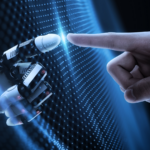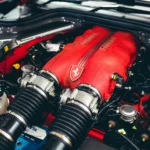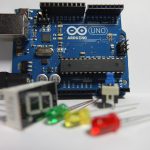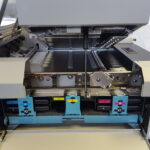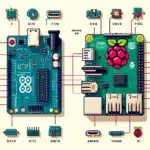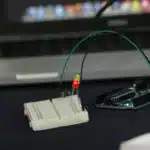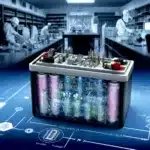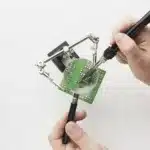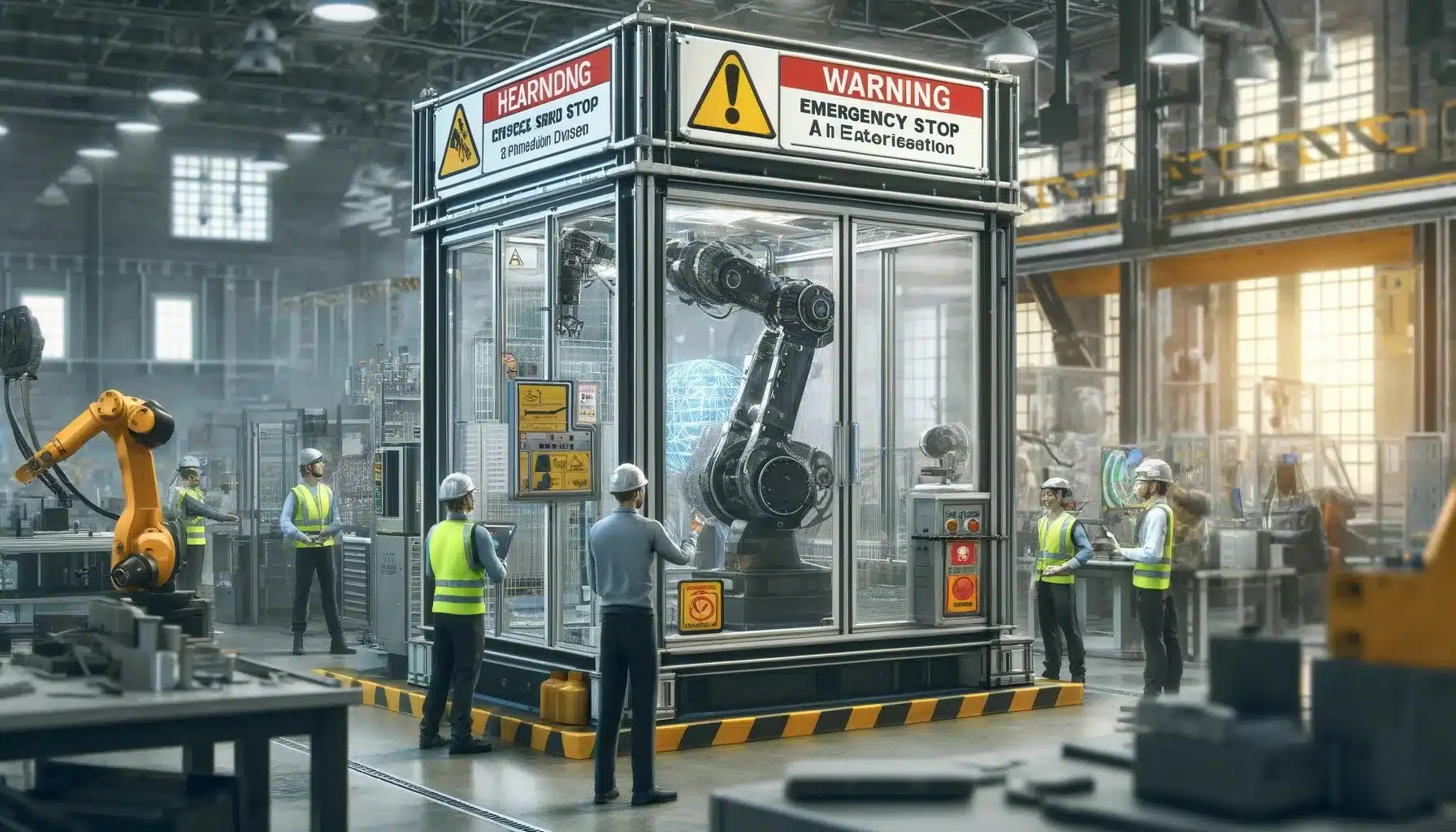
Introduction
In today’s industrial age, robots are indispensable in modern manufacturing, performing tasks with speed and precision that are often beyond human capabilities. As their roles in production lines increase, so does the importance of implementing and maintaining robust safety features. Safety protocols are necessary to prevent accidents and ensure a harmonious workspace between humans and machines. This article delves into the critical safety features of industrial robots, highlighting how technology not only enhances productivity but also ensures a secure working environment.
Understanding Industrial Robot Safety: The Importance of Safety in Robotics
Industrial robots, including articulated, SCARA, and cartesian robots, typically operate in settings that require interactions with human operators. These robots pose potential risks such as collisions, malfunctions, or other hazardous scenarios without proper safety measures. Including an industrial robot arm, robots also feature rotary joints that move in different, high-speed directions, leading to unexpected interactions with human operators.
The importance of safety in industrial robots cannot be overstated. Without integrating these mechanical powerhouses into workplaces that mandate stringent safety protocols, the consequences can be severe. For instance, a malfunctioning robot arm could cause a serious injury to a human operator. This is why it’s crucial to protect human operators and ensure seamless operation through a combination of advanced technologies, stringent safety standards, and rigorous operational protocols.
Critical Safety Features of Industrial Robots
Modern industrial robots are equipped with an array of sophisticated safety features designed to minimise risks and maximise efficiency. Some of these crucial safety measures include:
I. Mechanical Safety Features: Ensuring Mechanical Integrity of Industrial Robots
Mechanical safety features are critical for ensuring the mechanical integrity of industrial robots, which encompass various designs and systems––ranging from braking systems to collision detection. Other common mechanical robotic safety features include:
- Emergency Stop Functions – All industrial robots incorporate easily accessible emergency stop buttons. These E-stops allow human operators to immediately shut down robotic operations in the event of a perceived danger, thus providing an essential layer of safety.
- Mechanical Restrictors – Mechanical restrictors (speed and range limiters) limit the range of motion of a robot to predefined zones. By physically preventing the robot from moving outside its designated area, these restrictors ensure the robot’s operations do not extend into human-occupied spaces unexpectedly.
II. Sensory and Control Safety Features in Industrial Robot
There are multiple types of sensory and control safety features equipped in industrial robotic systems, such as:
- Advanced Vision and Force Sensors – A vital safety feature in industrial robotics is the integration of presence-sensing devices. Modern industrial robots feature sophisticated sensors that help them detect the presence of human workers within their operational vicinity. Vision sensors can identify the proximity of individuals and modify the robot’s actions accordingly. In contrast, force sensors can detect unexpected resistance (such as contact with a person) and prompt the robot to stop.
- Safety-Rated Control Systems – Safety-rated control systems are significant in monitoring and managing the operation of industrial robots. These systems are designed to execute safety-related software that can detect potential hazards and initiate appropriate safety measures, including shutting down operations when required.
III. Programmable Safety Controls in Industrial Robots
Most industrial robots integrate safety control systems that can be programmed to manage and monitor the robot’s actions to prevent accidents. These systems include:
- Speed and Motion Monitors – Robots are often programmed with safety-rated monitoring controls to track and limit the speed and acceleration of robotic movements. By controlling these parameters, robots can operate more safely around humans, reducing accidents caused by sudden movements.
- Safe Software Programming – The software that controls industrial robots includes numerous safety protocols, such as fault detection algorithms and redundant safety checks. These programs ensure that any malfunction or deviation from expected patterns of behaviour can be quickly detected and addressed, often with the robot automatically shutting down to prevent accidents.
IV. Training and Safety Protocols for Industrial Robots
Operator training is essential for ensuring that all individuals who interact with robots understand their capabilities and limitations. Training programs and safety protocols include:
- Comprehensive Operator Training – Ensuring all operators are thoroughly trained in the safe use of industrial robots is paramount. This includes understanding how to work collaboratively with robots, recognising the signs of potential problems, and knowing the emergency procedures intimately.
- Regular Maintenance and Inspections – Regularly scheduled maintenance and rigorous inspections are crucial to sustaining the safety features of industrial robots. These regular checks help identify and rectify potential issues before leading to malfunctions or failures, thereby maintaining the overall safety of the robotic system.
Bottom Lines
The sophistication and integration of industrial robot into a wider array of tasks, their safety features must evolve accordingly. The commitment to enhancing robotic safety features reflects an understanding that the future of the industry lies not just in technological advancement but in ensuring that such advancements do not compromise human safety. By prioritising safety through cutting-edge features and rigorous protocols, the industry can safeguard its most valuable asset—its human workforce—while still harnessing the benefits of robotic automation.






